Oil Tank Removal and Recycling
Is one of the questions we commonly get asked when speaking to someone about an oil tank replacement. The best and most cost-effective way to go about oil tank removal is to call in the experts.
They will be able to ensure that waste oil is properly disposed of under a waste oil license. After the oil has been disposed of correctly, the tank should then be taken to an appropriate recycling centre for either metal or plastic.
At Oil Tanks Plus, all the tanks that we remove and dispose of are taken to one of our partner recycling sites and repurposed into alternative products.
Oil Tank Removal Process
The process of oil tank removal and decommissioning is quite straightforward in most instances, providing you have the correct equipment and licenses. For a fully qualified engineer, you would expect them to have to correct pumps, fuel storage vessels and a license to dispose of any contaminated oil.
Below is a step by step guide to removing an oil tank from a domestic situation:
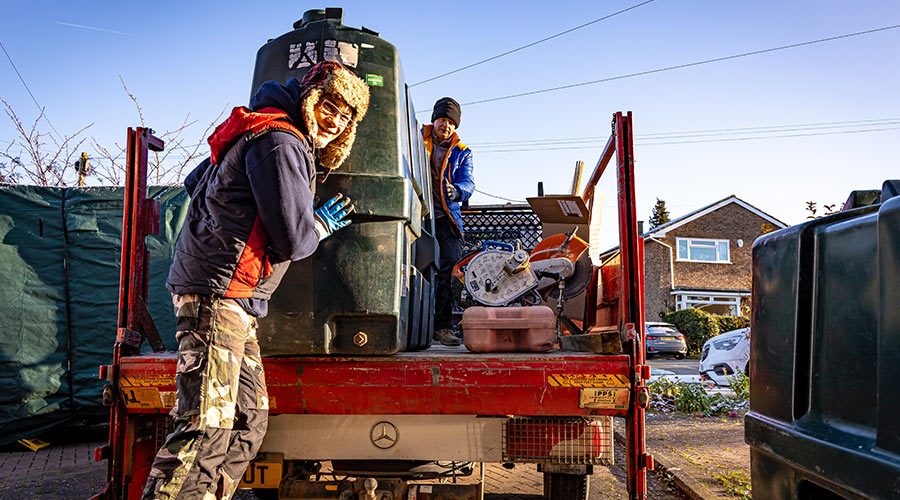
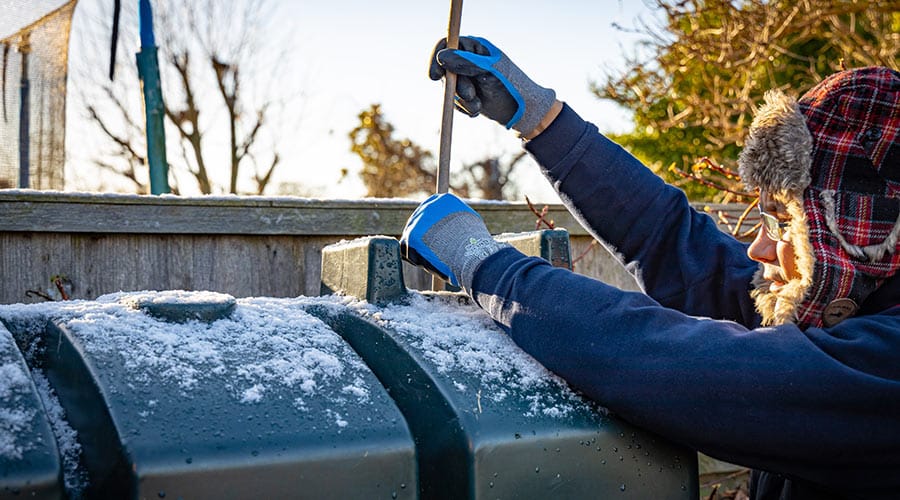
-
Oil measuring and testing
A test needs to be carried out to see how much oil is in the tank, and how much of the oil is contaminated at the bottom of the tank. From this, the right tools can be used to pump out the oil, separating the oil from water or other contaminations.
-
Oil pump out
Using a professional pump, the oil needs to be pumped out of the old tank into a holding tank, and another tank where the contaminants are held. The uncontaminated oil that is pumped out can still be used and will be used in your new oil tank.
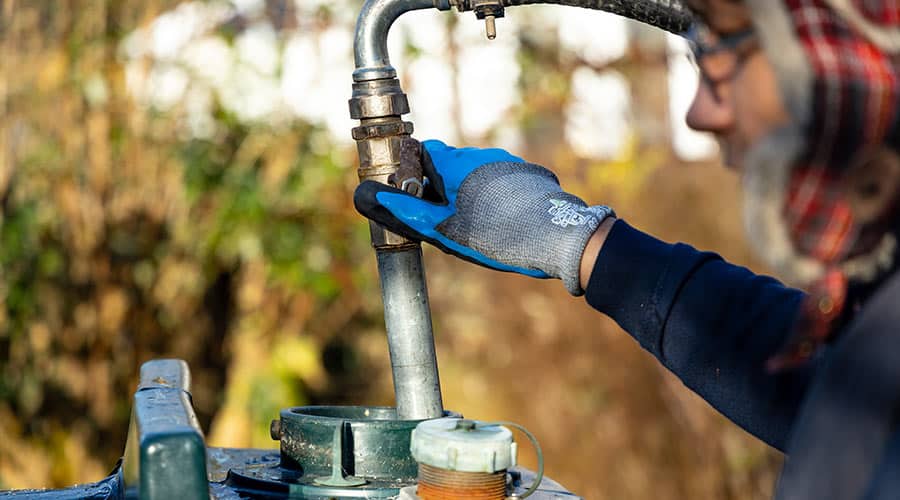
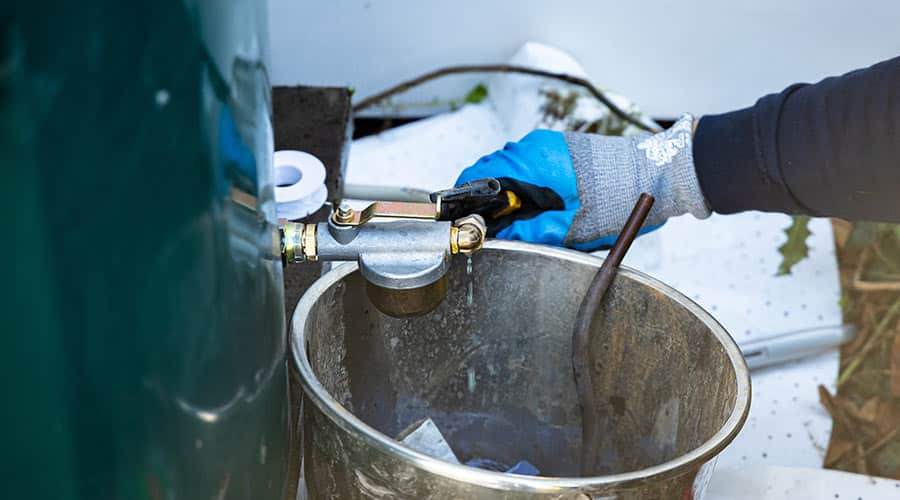
-
Waste oil disposal
Once the clean oil has been transferred into the holding tank, the waste oil is collected and transferred into a waste oil container and disposed of at a licensed site. This ensures that the contaminated oil does not pollute the environment by being disposed of illegally.
-
Clean out the old tank
Once the oil is pumped out of the tank, the tank is then cleaned out and disconnected from the site supply. This typically does not take long at all since there will be no oil in the tank.
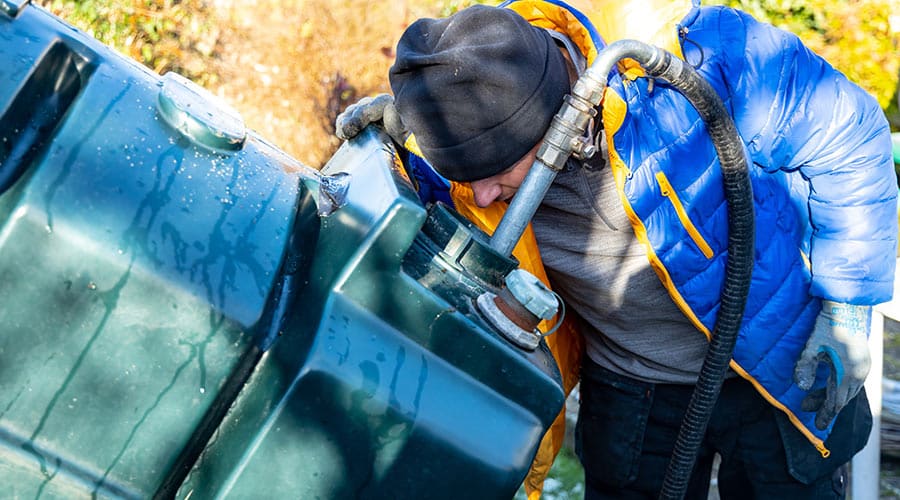
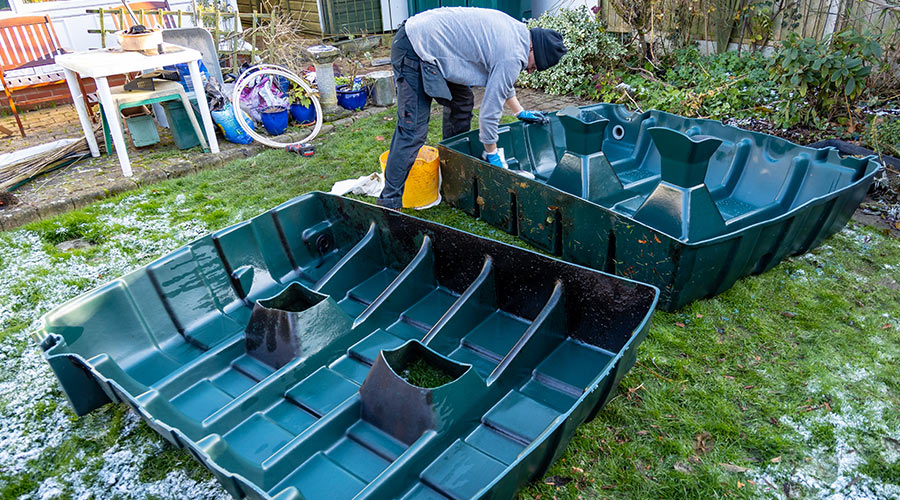
-
Removing the tank
Depending on the access to your oil tank, the tank will then either be taken to the engineer’s vehicle whole or cut up into pieces on-site to avoid any damage to property.
-
Tank disposal and recycling
The old oil tank then needs to be disposed of and recycled correctly. At Oil Tanks Plus, we dispose of and recycle all oil tanks that we remove, ensuring that your tank is disposed of correctly and does not cause any harm to the environment.
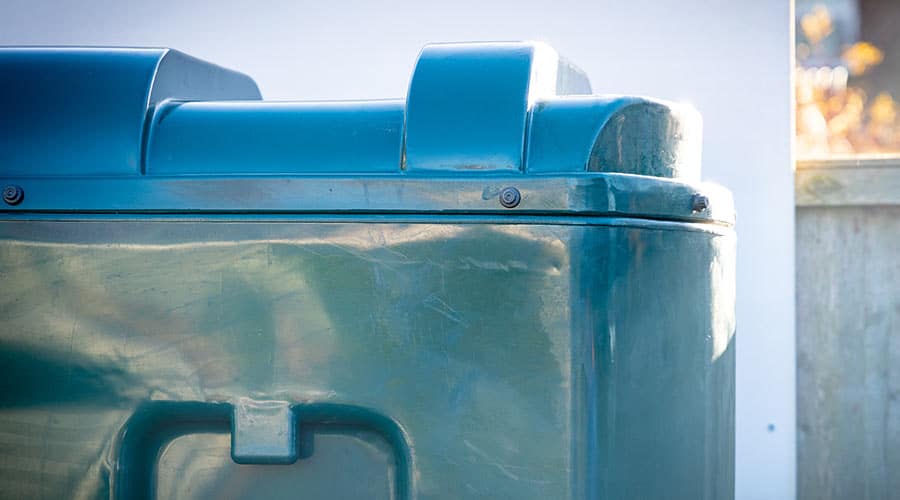
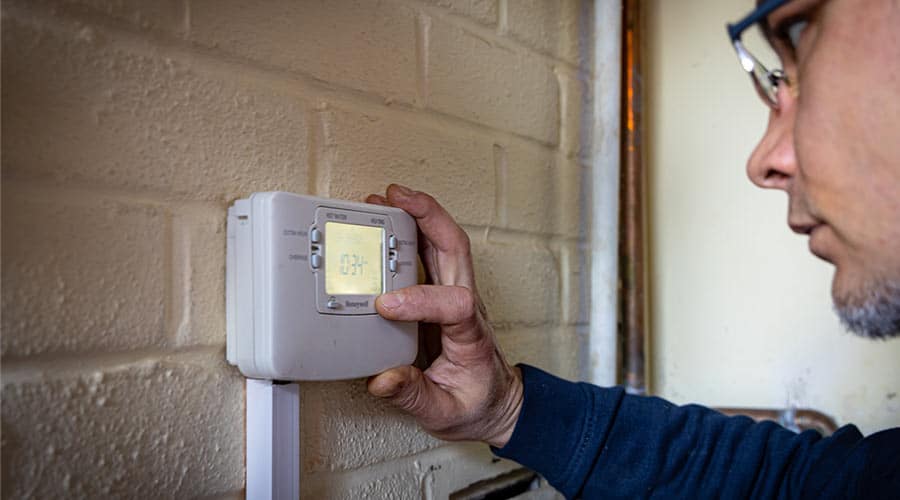
Get help from the experts
The above steps can seem overwhelming, and certain laws and regulations must be followed in regards to waste and disposal. In addition; if oil leaks or gets spilt during the removal process there can be serious environmental impacts, which can be extremely costly and stressful to correct.
Why choose Oil Tanks Plus?
When replacing your tank with Oil Tanks Plus we can remove, dispose of, and properly recycle your old oil tank as part of the job. We can take care of every aspect of the decommissioning process, taking the headache away from you and leaving you with complete peace of mind.

25 years of experience
With over 25 years of experience in the industry Oil Tanks Plus are experts in domestic oil tank replacement, removal and recycling. We have a nationwide network of highly trained engineers, so that we can get to you no matter where you are.
With a dedicated support team on hand, we can assist you from the point of choosing your new tank, looking at the material and size options, and advise where to locate the tank on your property, as well as disposing of your old tank if you need us to.
As standard Oil Tanks Plus will remove and dispose of your old oil tank as part of the job. Contact us today for more information.
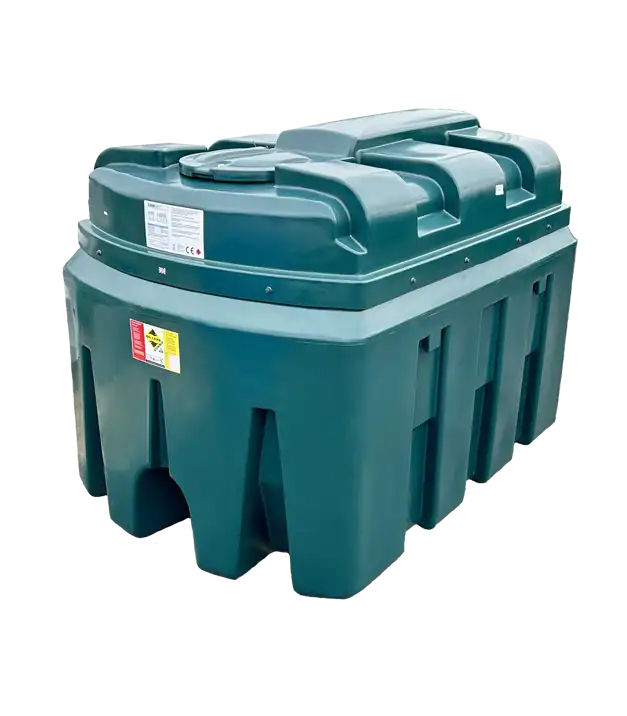
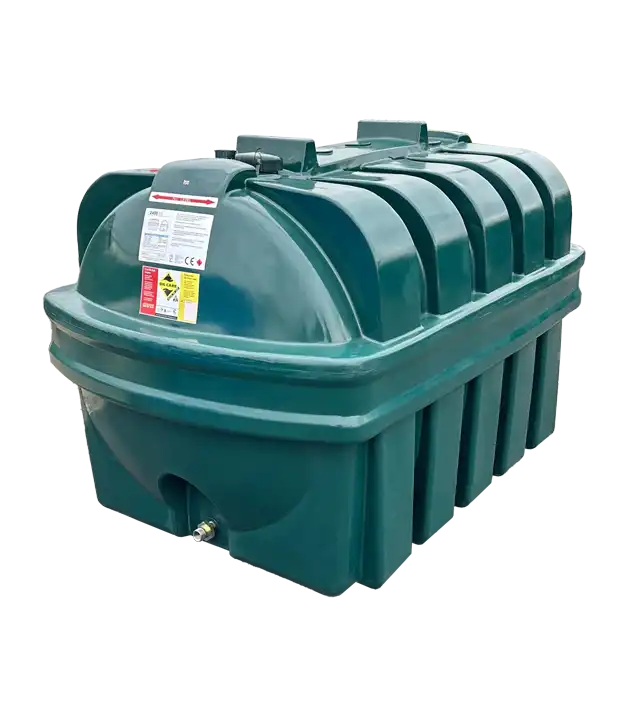
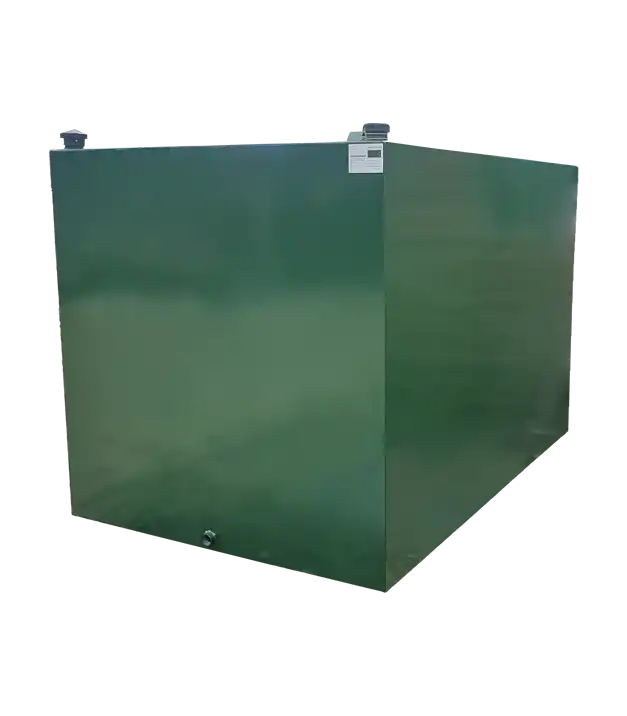
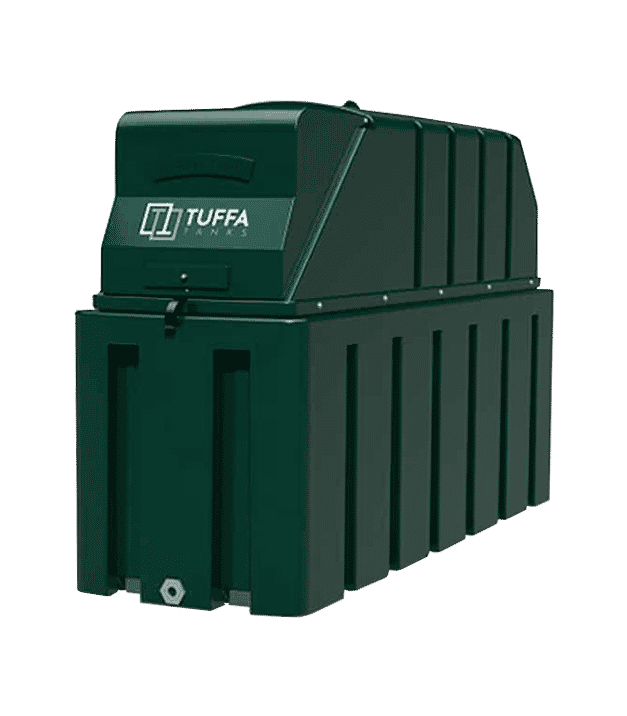
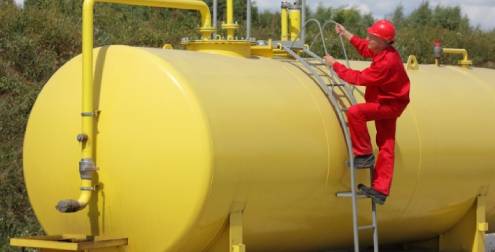
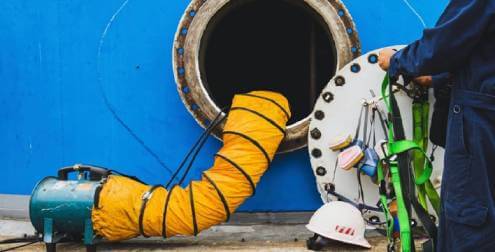
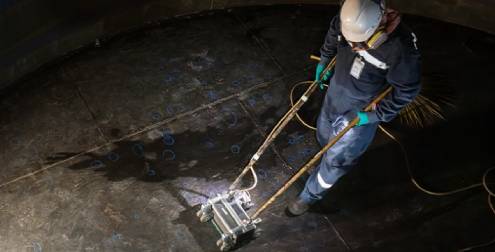
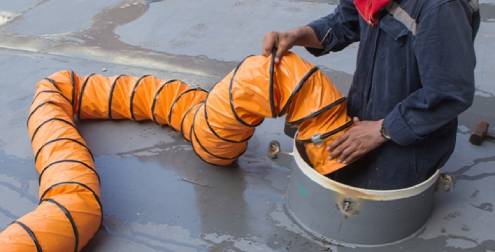
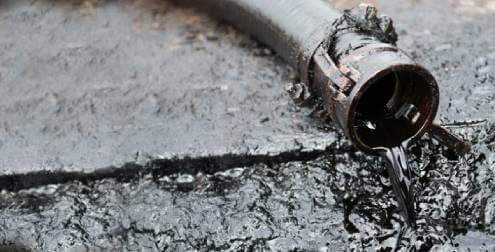
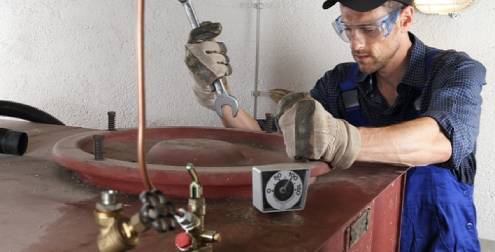

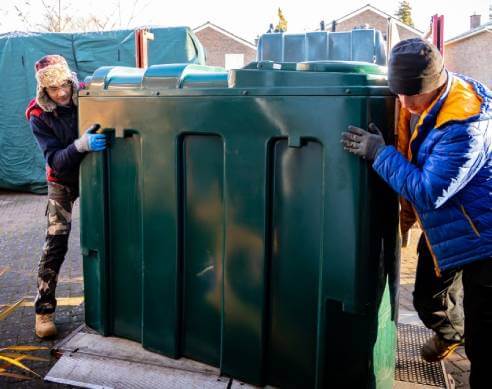
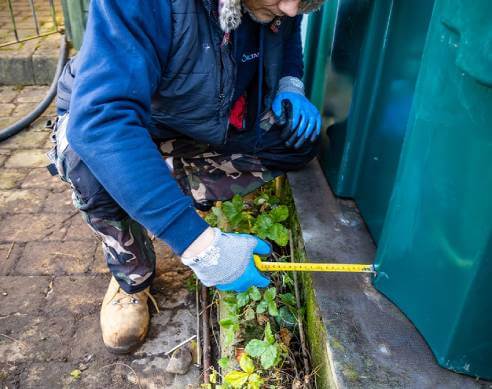

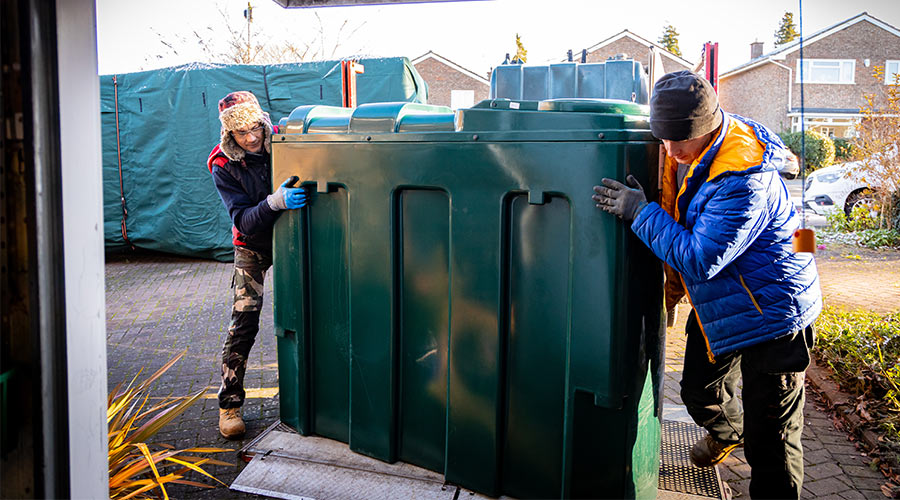

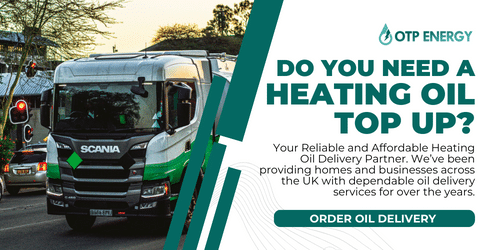
Share This: